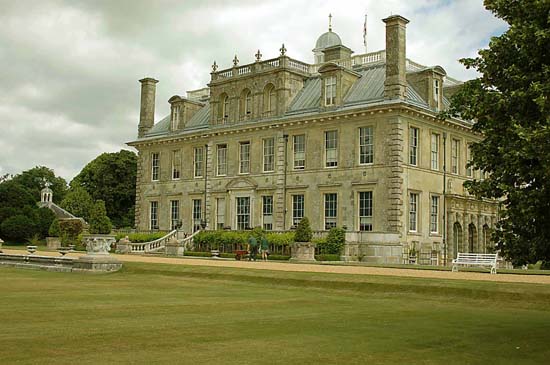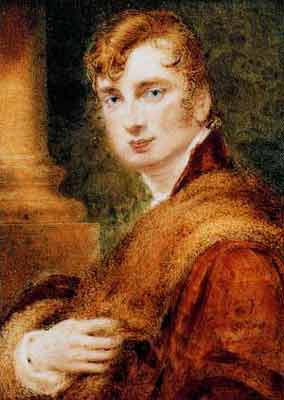 Adventures in Egypt and Nubia,
the Tales of William John Bankes (1786-1855) by Dr Patricia Usick (ISBN
0 7141 1803 6), tells the story of the pioneer Egyptologist William John
Bankes (1786-I855). A brilliant and volatile man, Bankes was the
unexpected heir of the Kingston Lacy estate in Dorset, whose passion for
exploration and discovery was surpassed only by his energy in
investigating and recording.
Adventures in Egypt and Nubia,
the Tales of William John Bankes (1786-1855) by Dr Patricia Usick (ISBN
0 7141 1803 6), tells the story of the pioneer Egyptologist William John
Bankes (1786-I855). A brilliant and volatile man, Bankes was the
unexpected heir of the Kingston Lacy estate in Dorset, whose passion for
exploration and discovery was surpassed only by his energy in
investigating and recording. Handsome, rich and confident, Bankes studied at Trinity College,
Cambridge, where he met Byron who became a lifelong friend, before
setting out on the Grand Tour. A period spent in Spain and Portugal was
followed by travels in the Near East, where a chance encounter with the
Swiss explorer J. L. Burckhardt would inspire Bankes with a desire for
serious archaeological research, far beyond the more leisurely pursuits
of the average gentleman-traveller.
Handsome, rich and confident, Bankes studied at Trinity College,
Cambridge, where he met Byron who became a lifelong friend, before
setting out on the Grand Tour. A period spent in Spain and Portugal was
followed by travels in the Near East, where a chance encounter with the
Swiss explorer J. L. Burckhardt would inspire Bankes with a desire for
serious archaeological research, far beyond the more leisurely pursuits
of the average gentleman-traveller.During the years 1815-1819 Bankes criss-crossed Egypt and the Near East amassing a vast portfolio of notes and manuscripts, as well as drawings by his own hand and the artists who accompanied him on his travels. The accuracy and detail of Bankes' collection makes it an invaluable record of ancient monuments now lost or damaged. His extraordinary discoveries were a revelation to contemporary scholars and proved instrumental in the race to decipher Egyptian hieroglyphics.
Lionized by his own generation as 'the Nubian Explorer', Bankes' achievements would become shrouded by scandal, as events in his private life conspired to disrupt his work, parliamentary career and plans for publication. An affair with a married woman was followed by a libel case and two arrests for homo-sexual offences, forcing Bankes to flee England for exile in Italy. His art collection and the obelisk he had plucked from the temple of Philae were left behind at Kingston Lacy, where his notes and drawings also languished in a cabinet, unpublished and forgotten. The book tells Bankes' story, describing his travels in detail and assessing his contribution to Egyptology.
The National Trust, took over Kingston Lacy and its
estates in 1981. The Dorset Public Records Office (in Dorchester) hold
the Bankes Egyptian portfolio. The Kingston Lacy House, which is
open to the public, has very few artefacts on display and photography is
not permitted. The house does have an extensive art collection,
some collected by William John during his travels.

Miniature of William John Bankes |

Painting by Sir George Hayter, 1836
|
 The King-list from the temple of Ramesses II (also known as Ramesses the Great and Ozymandias) at Abydos. Drawn by Bankes and used as the frontispiece for Salt's book on hieroglyphs. |
|
|
Ozymandias (Percy Bysshe Shelly, 1792 - 1822)
Shelly's couplet is similar to Diodorus's writing (the only classical
author to mention Ozymandias) - Shelly, Banks etc were classical
student. Diodorus wrote "I am Ozymandias, king of Kings. If anyone
would know how great I am and where I lie let him surpass any of my
works". He also wrote that the statue of Ozymandias was "... the
biggest of all those amongst the Egyptians". It is accepted that the
name Ozymandias is derived from
Usermare - Ramesses II.
|
Contact & Feedback : Egyptology and Archaeology through Images : Page last updated on 21-November-2025